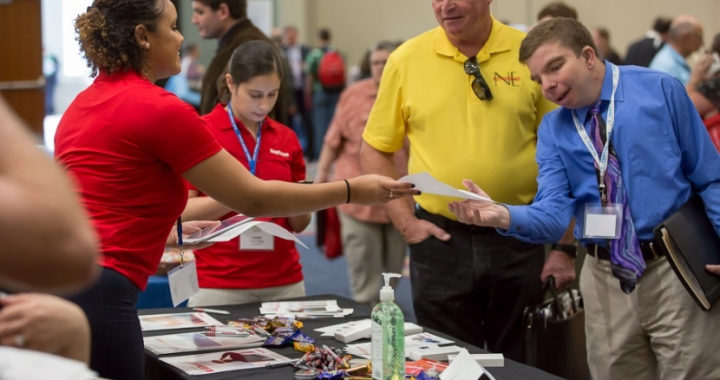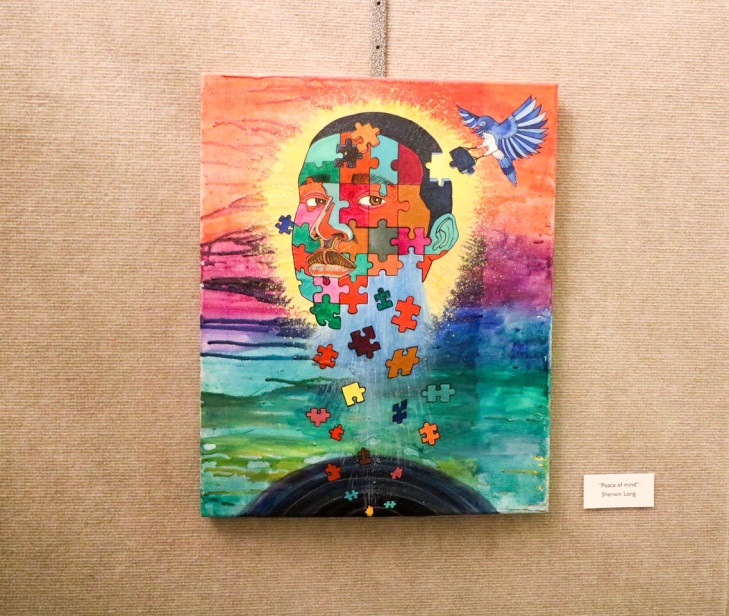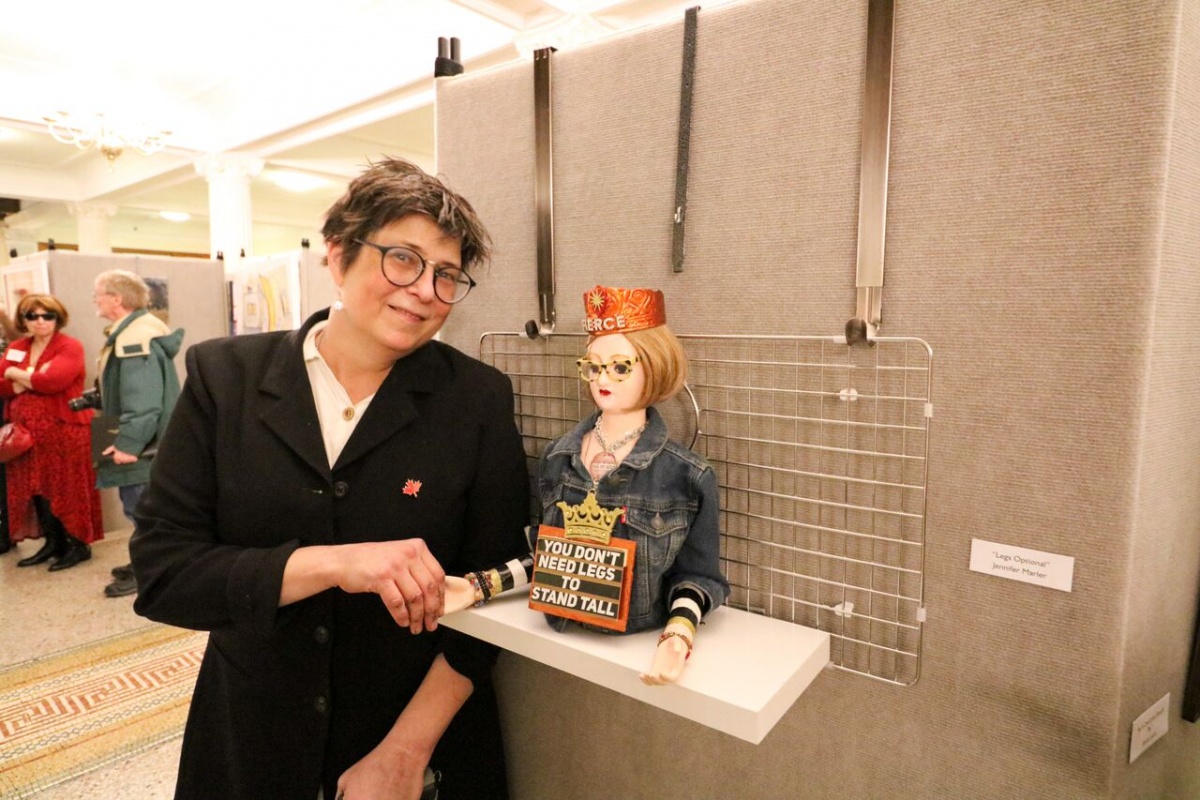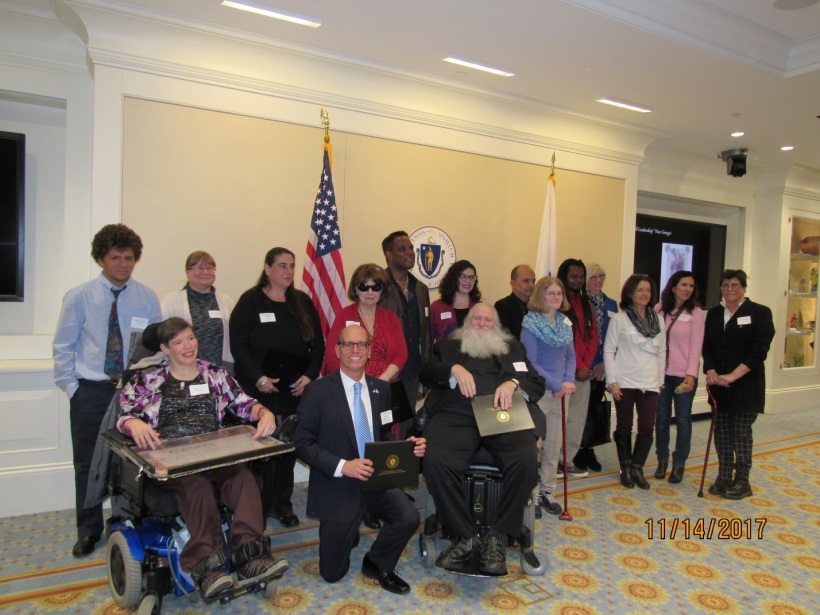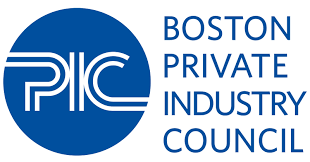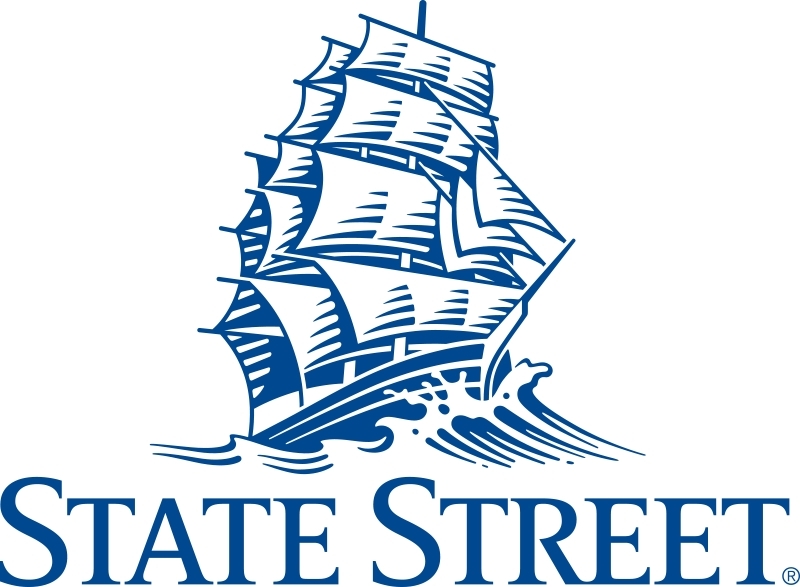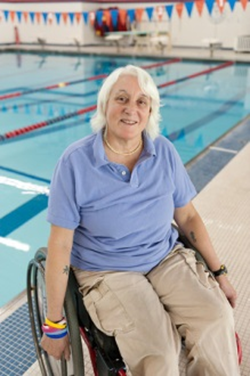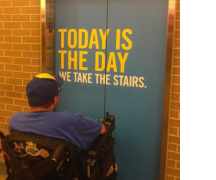The Conference Board’s 2014 research report: Do Ask, Do Tell: Encouraging Employees with Disabilities to Self-Identify outlines what companies are doing and can do to build a disability-inclusive culture and encourage employees with disabilities to self-identify. Under the Office of Federal Contract Compliance Programs (OFCCP) Section 503 of the Rehabilitation Act, organizations with federal government contracts and their subcontractors are required to invite applicants (at pre-offer and post-offer) and employees (every five years) to self-identify as individuals with disabilities. Organizations must report their number of applicants and active employees with disabilities annually as a means to measure the effectiveness of their outreach and recruitment efforts. Regardless of OFCCP status, many organizations understand the intrinsic value of creating inclusive environments and encouraging self-identification (self-ID) to better understand and support their existing and future employee population. Ernst & Young (EY), Harvard Pilgrim HealthCare (HPHC), and Raytheon are three such employers doing tremendous work in this area.

Massachusetts Business Leadership Network (MABLN) members, EY, HPHC and Raytheon are all committed to letting their employees know that if their organization knows more about their people, they are better able to support their people…and in turn, their people are better able to support their customers. All advise that a self-ID campaign is not a standalone effort. Priority must first be given to establishing an inclusive environment where the safety and security of employee’s personal information is of utmost concern. “It must be clearly supported that there is an organizational commitment to enable people of all abilities to do their best work” states Lori Golden, EY’s Abilities Strategy Leader. To do this, Lori suggests employers first build a foundation of trust before asking employees to self-ID:
- Project an abilities-inclusive culture via images, messaging, sharing success stories and making constant connections to existing company efforts.
- Educate broadly and continually through implementing targeted trainings, providing general awareness via the company’s intranet, social media outlets and e-mail, offering abundant resources in variety of forms, and conducting community outreach.
These three employers agree – once an inclusive stage has been set, a successful self-ID campaign is more likely. EYs self-ID efforts are driven by three key principles and can be applied in any scale:
- Holistic – adopt a multi-dimensional approach that works across diversity dimensions to make disability mainstream
- Integrated – leverage existing processes and company initiatives
- Positive – emphasis of self-ID stays off compliance, instead the focus is on beneficial aspects to employees

Keith Marion, Inclusion Program Manager at HPHC stresses the importance of collaborative communication before, during and after a self-ID campaign. HPHC implemented an internal chat group encouraging employees to ask questions that often stemmed from employee’s concern around the use of personal information. As a result, they implemented significant restrictions around the access of this confidential information and housed the data outside of the Human Resources department. In addition, HPHC has integrated self-ID surveys in the application process, new-hire correspondence, employee onboarding resources and beyond. As a result of such robust communication and data collection throughout an employee’s life-cycle, HPHC learned they had a high percentage of employees reporting sight-related disabilities and were able to quickly focus on sight-related supports in their workplace. “Focusing not only on what we communicate, but how we communicate has made a positive impact,” shares Keith, “We ask employees to take an innovative opportunity to voluntarily declare their difference to make us better”.

Karen Balcom, Sr. Manager, Enterprise Talent Acquisition at Raytheon suggests engaging employees at all levels of theorganization for the broadest self-ID campaign reach. Raytheon welcomed the support of their disability focused employee resource group (ERG). They created video vignettes that showcase the executive sponsors of their ERG explaining self-ID, where to self-ID and how to request accommodations if required. This cross functional and multi-level approach was positively received by employees. Karen looks forward to a “self-ID campaign no longer being a campaign, but a cultural norm.”
Though at different stages in their self-ID journey, EY, HPHC and Raytheon have made tremendous strides. All agree there is still work to be done, but the learnings about their employee base has not only bettered their inclusive culture, but improved their company’s overall acumen.

